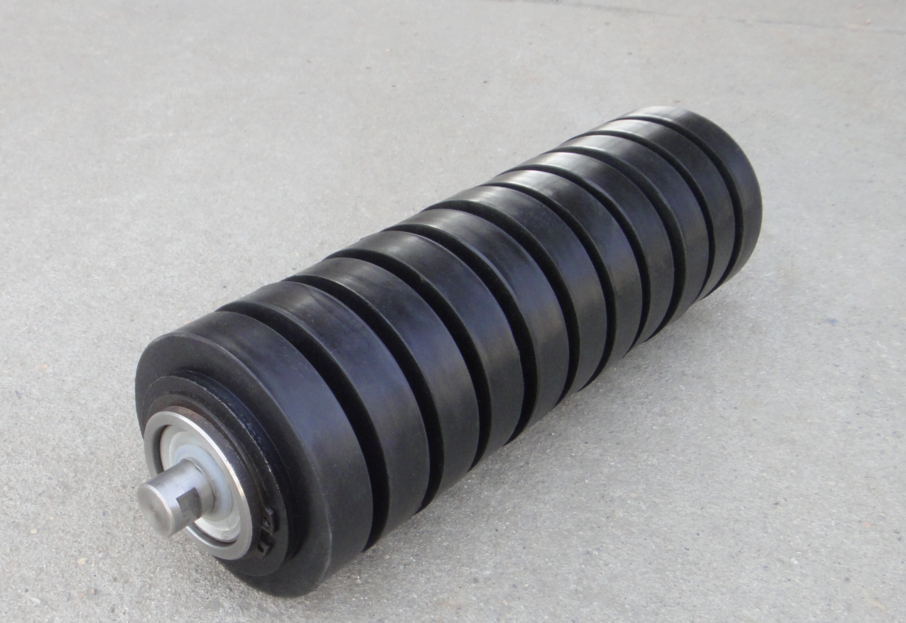 Afrikaans
Afrikaans  Albanian
Albanian  Amharic
Amharic  Arabic
Arabic  Armenian
Armenian  Azerbaijani
Azerbaijani  Basque
Basque  Belarusian
Belarusian  Bengali
Bengali  Bosnian
Bosnian  Bulgarian
Bulgarian  Catalan
Catalan  Cebuano
Cebuano  Corsican
Corsican  Croatian
Croatian  Czech
Czech  Danish
Danish  Dutch
Dutch  English
English  Esperanto
Esperanto  Estonian
Estonian  Finnish
Finnish  French
French  Frisian
Frisian  Galician
Galician  Georgian
Georgian  German
German  Greek
Greek  Gujarati
Gujarati  Haitian Creole
Haitian Creole  hausa
hausa  hawaiian
hawaiian  Hebrew
Hebrew  Hindi
Hindi  Miao
Miao  Hungarian
Hungarian  Icelandic
Icelandic  igbo
igbo  Indonesian
Indonesian  irish
irish  Italian
Italian  Japanese
Japanese  Javanese
Javanese  Kannada
Kannada  kazakh
kazakh  Khmer
Khmer  Rwandese
Rwandese  Korean
Korean  Kurdish
Kurdish  Kyrgyz
Kyrgyz  Lao
Lao  Latin
Latin  Latvian
Latvian  Lithuanian
Lithuanian  Luxembourgish
Luxembourgish  Macedonian
Macedonian  Malgashi
Malgashi  Malay
Malay  Malayalam
Malayalam  Maltese
Maltese  Maori
Maori  Marathi
Marathi  Mongolian
Mongolian  Myanmar
Myanmar  Nepali
Nepali  Norwegian
Norwegian  Norwegian
Norwegian  Occitan
Occitan  Pashto
Pashto  Persian
Persian  Polish
Polish  Portuguese
Portuguese  Punjabi
Punjabi  Romanian
Romanian  Russian
Russian  Samoan
Samoan  Scottish Gaelic
Scottish Gaelic  Serbian
Serbian  Sesotho
Sesotho  Shona
Shona  Sindhi
Sindhi  Sinhala
Sinhala  Slovak
Slovak  Slovenian
Slovenian  Somali
Somali  Spanish
Spanish  Sundanese
Sundanese  Swahili
Swahili  Swedish
Swedish  Tagalog
Tagalog  Tajik
Tajik  Tamil
Tamil  Tatar
Tatar  Telugu
Telugu  Thai
Thai  Turkish
Turkish  Turkmen
Turkmen  Ukrainian
Ukrainian  Urdu
Urdu  Uighur
Uighur  Uzbek
Uzbek  Vietnamese
Vietnamese  Welsh
Welsh  Bantu
Bantu  Yiddish
Yiddish  Yoruba
Yoruba  Zulu
Zulu conveyor belt pulley lagging
Conveyor Belt Pulley Lagging Enhancing Efficiency and Reducing Wear
Conveyor systems are integral to various industries, including mining, manufacturing, and logistics. They serve as the backbone for transporting materials efficiently over considerable distances. A critical component of these systems is the conveyor belt pulley, which plays a vital role in the movement and reliability of the belt. One essential aspect of pulley maintenance and performance enhancement is lagging.
What is Pulley Lagging?
Pulley lagging refers to the process of covering the surface of conveyor pulleys with a specific material to provide several operational benefits. It enhances the interaction between the pulley and the conveyor belt, improving grip and reducing slippage. Moreover, lagging serves as a protective layer, minimizing wear on the pulley surface due to the constant rotation and friction with the conveyor belt.
Types of Lagging Materials
Various materials can be used for pulley lagging, each with unique properties suited to different applications. The most common types include
1. Rubber Lagging This is the most widely used lagging material. It provides excellent traction, flexibility, and resistance to wear and abrasion. Rubber is ideal for applications where material handling can create significant impact and stress on the system.
2. Ceramic Lagging For environments that demand high durability, ceramic lagging offers superior wear resistance. Integrated ceramic tiles provide maximum grip, especially in wet or slippery conditions, making it suitable for mining and aggregate handling where materials can be particularly abrasive.
3. Polyurethane Lagging This type of lagging is often used in applications requiring resistance to chemicals and temperature extremes. Its unique formulation allows for good wear resistance while remaining lighter than rubber.
4. Fabric Lagging For lighter applications, fabric lagging can provide adequate traction with less bulk, making it easier to handle and install.
conveyor belt pulley lagging

Benefits of Pulley Lagging
1. Improved Traction Lagging increases the coefficient of friction between the pulley and the conveyor belt. This enhancement reduces slippage, facilitating smoother operation and extending the lifespan of both the belt and the pulley.
2. Reduced Wear and Tear By protecting the surface of the pulley, lagging diminishes the direct impact of materials transported on the conveyor. This reduction in wear prolongs the life of both the pulley and the belt, leading to decreased maintenance costs.
3. Enhanced Safety Slippage and belt misalignment can lead to accidents in workplaces. Proper lagging minimizes these risks by ensuring that the conveyor belt stays properly aligned and securely on its path.
4. Cost-Effectiveness While there is an initial investment in adding lagging to pulleys, the long-term benefits, such as reduced downtime, lower maintenance costs, and extended service life of conveyor components, provide substantial cost savings.
Installation and Maintenance
Successful installation of pulley lagging is critical to its performance. It typically involves preparing the pulley surface to ensure a clean and reliable bond. Depending on the material used, various adhesives or mechanical installations can be applied. Regular inspections and timely replacements of worn-out lagging can ensure that the conveyor system operates at optimal efficiency.
Conclusion
In summary, conveyor belt pulley lagging is an essential process that enhances the performance and reliability of conveyor systems. By improving traction and reducing wear, it plays a critical role in ensuring efficient material handling operations across various industries. As industries continue to evolve and demand greater efficiency, the importance of investing in high-quality pulley lagging cannot be overstated. Whether using rubber, ceramic, or polyurethane materials, the right lagging solution can lead to significant operational advantages and cost savings.
-
Revolutionizing Conveyor Reliability with Advanced Rubber Lagging PulleysNewsJul.22,2025
-
Powering Precision and Durability with Expert Manufacturers of Conveyor ComponentsNewsJul.22,2025
-
Optimizing Conveyor Systems with Advanced Conveyor AccessoriesNewsJul.22,2025
-
Maximize Conveyor Efficiency with Quality Conveyor Idler PulleysNewsJul.22,2025
-
Future-Proof Your Conveyor System with High-Performance Polyurethane RollerNewsJul.22,2025
-
Driving Efficiency Forward with Quality Idlers and RollersNewsJul.22,2025





























